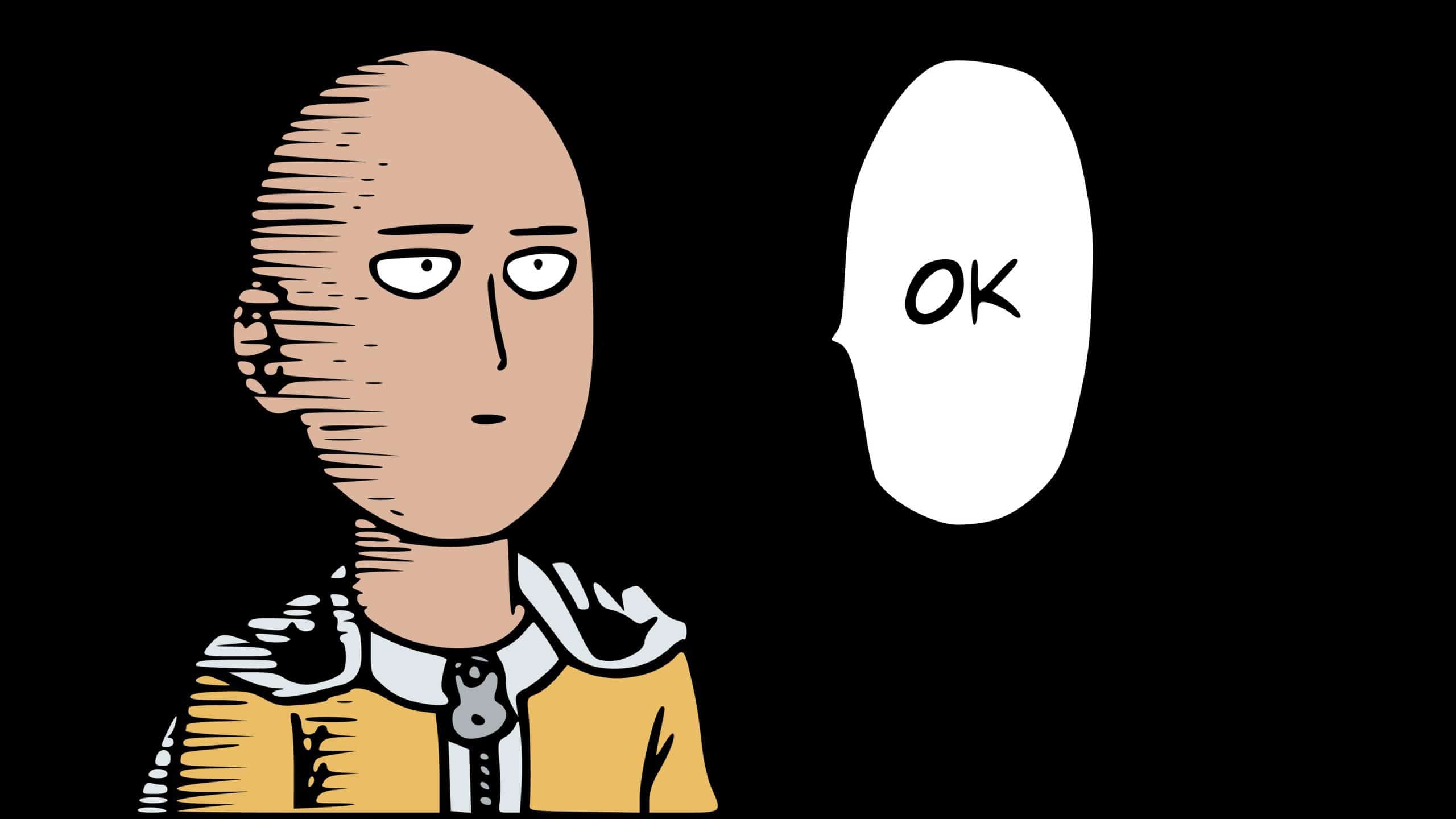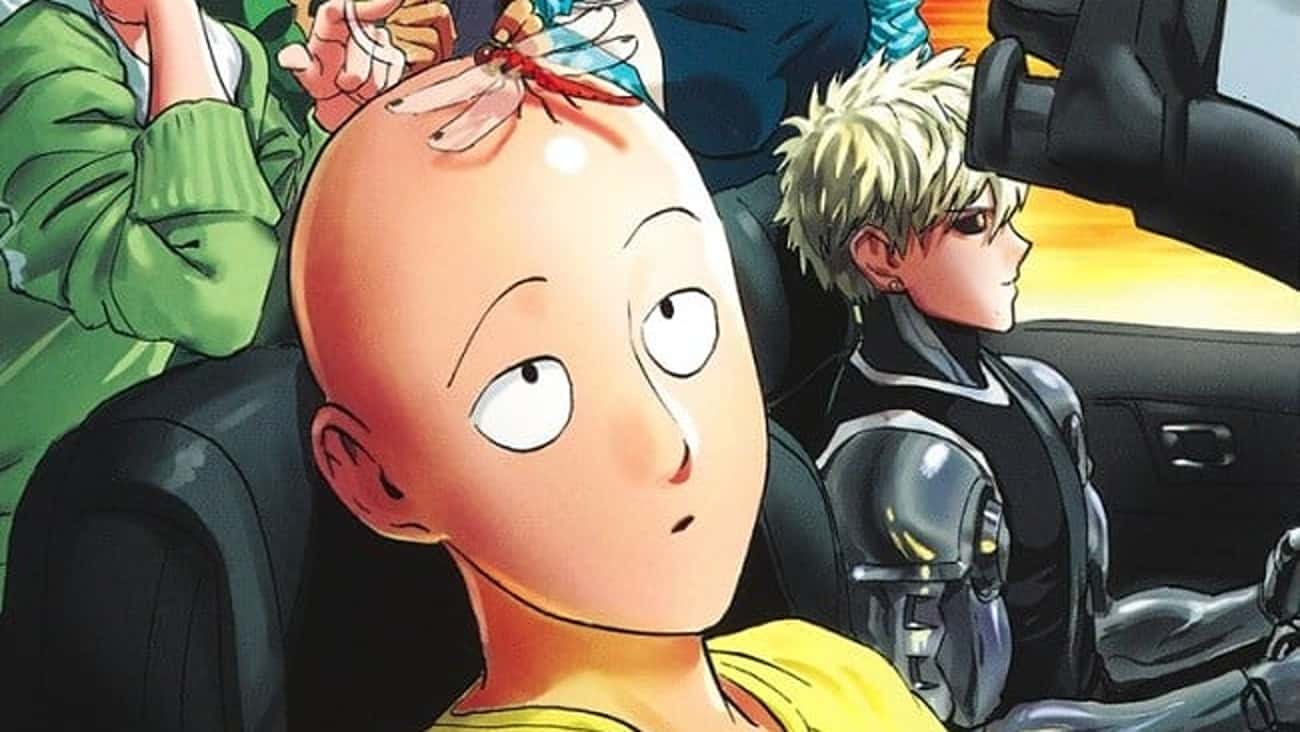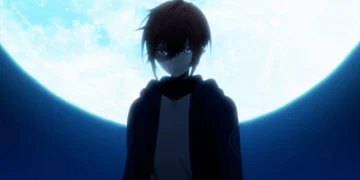China’s Super Cube has quickly risen in popularity, cementing its place among the standout donghua of 2025. Episode 7, in particular, received glowing praise from fans for its fluid animation, fast-paced battles, and eye-catching design. Viewers highlighted its vibrant sequences and high production value as a sign that Chinese anime can now rival its Japanese and Korean counterparts.
However, not everyone shares that enthusiasm. In a viral post on @jumpaoki, Kenichiro Aoki—the animation director behind One-Punch Man season 2—criticized Super Cube’s direction. While he acknowledged its technical brilliance, Aoki said the episode lacked emotional depth due to overly fast pacing and repetitive visual cues. His blunt remarks have sparked heated debate within the anime industry.
A New Force in Chinese Animation

Episode 7 has been hailed as a milestone for Chinese animation, with many praising its crisp fight choreography and cinematic atmosphere. Part of a broader push to raise the donghua industry, Super Cube shows China’s commitment to competing on a global animation stage. The episode’s polish suggests a shift in narrative ambition, with the potential to draw international audiences well beyond its domestic fanbase.
Still, despite the overwhelming praise, a faction of viewers agrees with Aoki. Some argue that the storytelling moved too quickly, barely allowing emotional beats to register before the next flashy sequence took over. As a result, character development suffered, and key moments felt rushed, leaving little time for the tension to build or resonate.
Criticism from a Veteran Director

Kenichiro Aoki’s statement struck a chord across social media. “It’s a great anime, but I don’t feel drawn to it,” he wrote, explaining that the anime’s direction lacked breathing room. He also called out what he saw as overreliance on a specific animator’s signature style—suggesting the show borrowed too heavily instead of innovating.
His remarks added fuel to an ongoing discussion about direction versus spectacle. In an industry increasingly defined by high-budget visuals, Aoki’s critique of Super Cube raises questions about what makes an anime truly great: is it eye-catching animation, or the pacing and emotion that raise a story?
Also Read: Top 10 Chinese Anime That Rival Japan’s Best





![One - Punch Man Standard Edition (BD) [Blu-ray]](https://m.media-amazon.com/images/I/6155lGZP+3L._SL160_.jpg)
![One-Punch Man: Season 2 (BD) [Blu-ray]](https://m.media-amazon.com/images/I/51likBmKJNL._SL160_.jpg)



